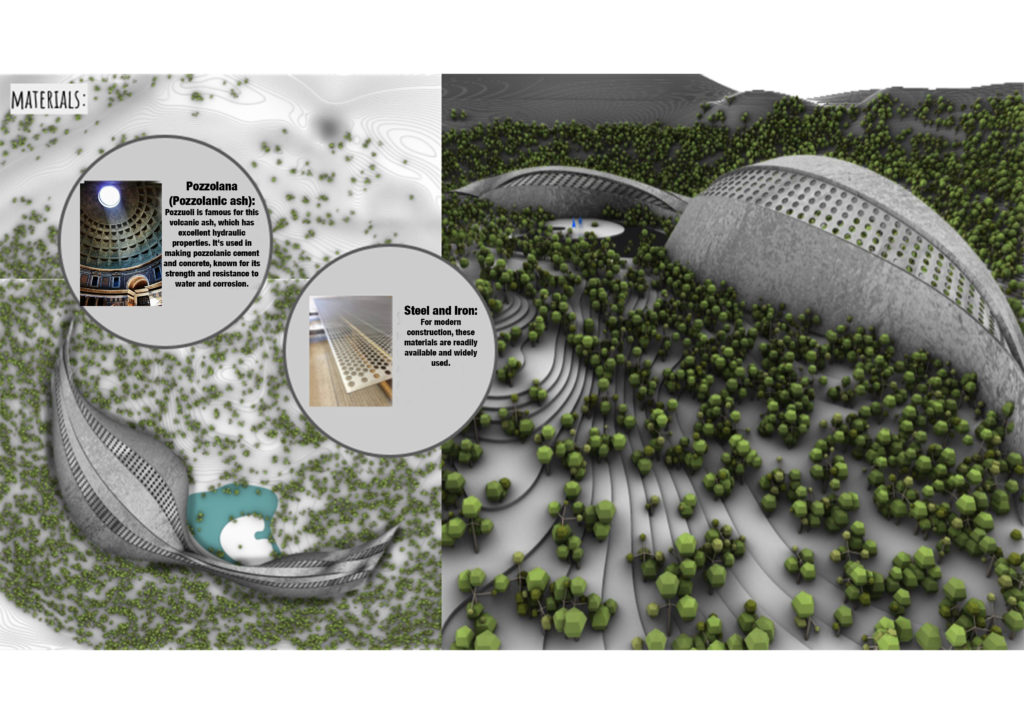Design concept and system
The central theme of my design is rooted in the principles of minimal surfaces. This concept laid the foundation for our project. Aiming for a design that captures the essence of fluid dynamism, I chose to incorporate the principles of strange attractors to underpin the structure’s base. Additionally, I employed a vector field to serve as the innovative facade system, complementing the building’s wave-like aesthetic.
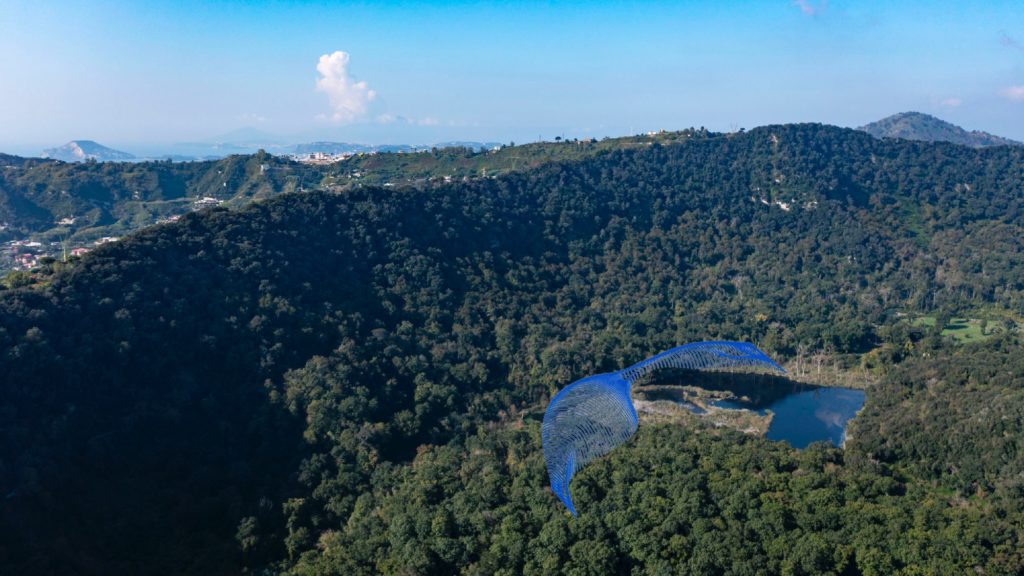
In harmony with the flowing river nearby, the museum’s pathway is designed as a meandering journey, akin to the river itself.
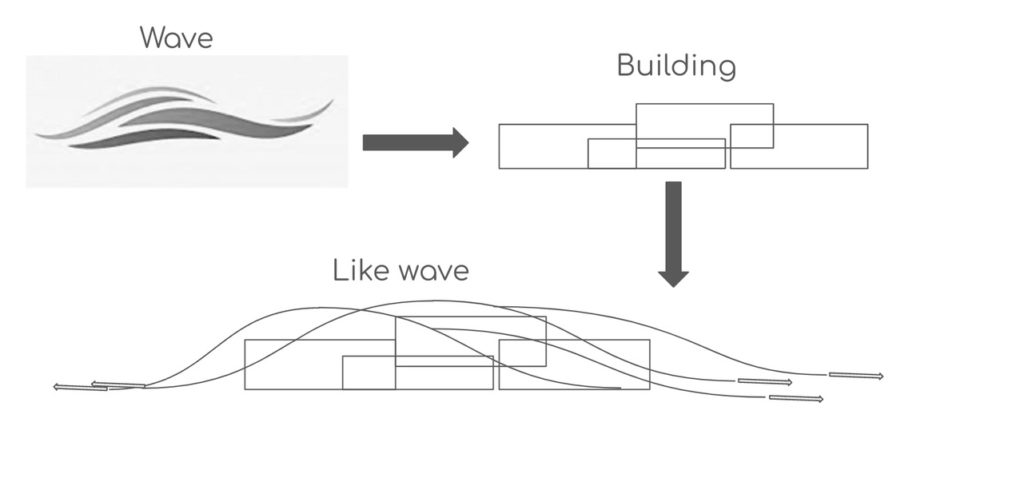
Design Path
This path has been carefully laid out to weave through areas of lower tree density, thereby minimising the impact on the existing foliage. Our goal was to preserve as much of the natural landscape as possible, allowing the museum to coexist with the environment, rather than dominate it.
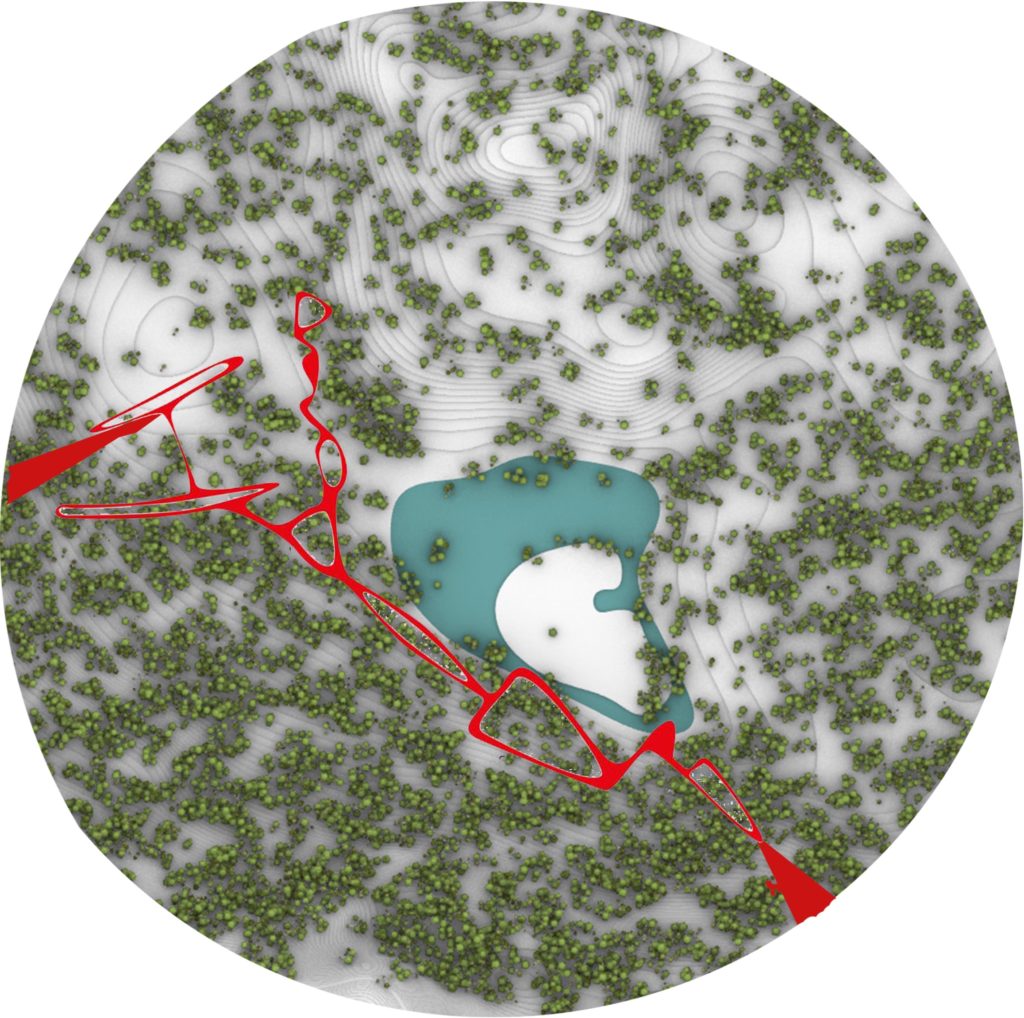
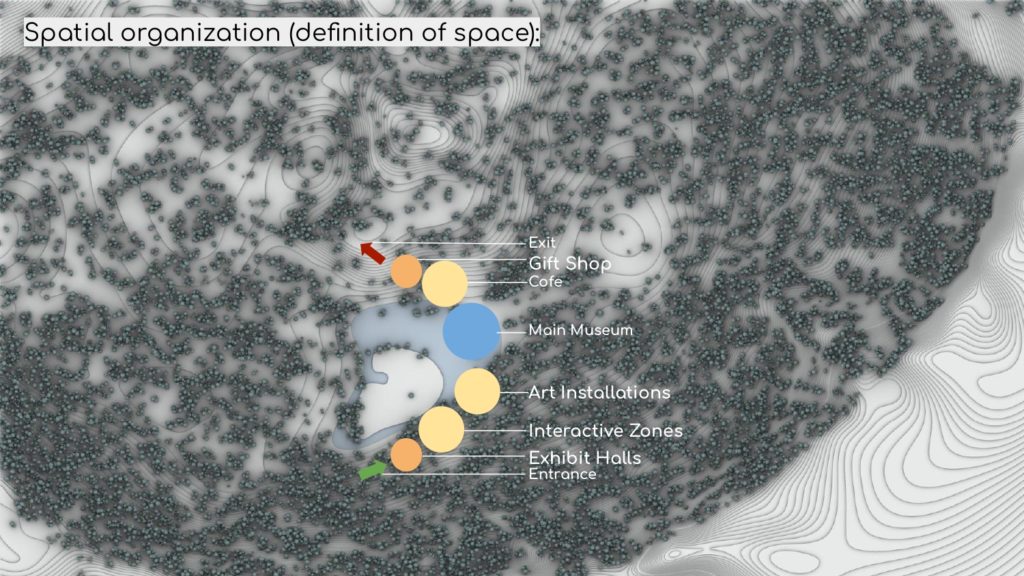


Computational Design Methodology
Pseudocode:
Input:
– Assess Site Characteristics – Determine Spatial Intent – Conceptualise Design Framework
Process:
– Perform Environmental Analysis – Analyse Solar and Wind Patterns – Assess Thermal Comfort – Define Visitor Pathway – Create Self-Supporting Shell Structure – Design Structural Openings
Output:
– Construct Model – Optimise Design
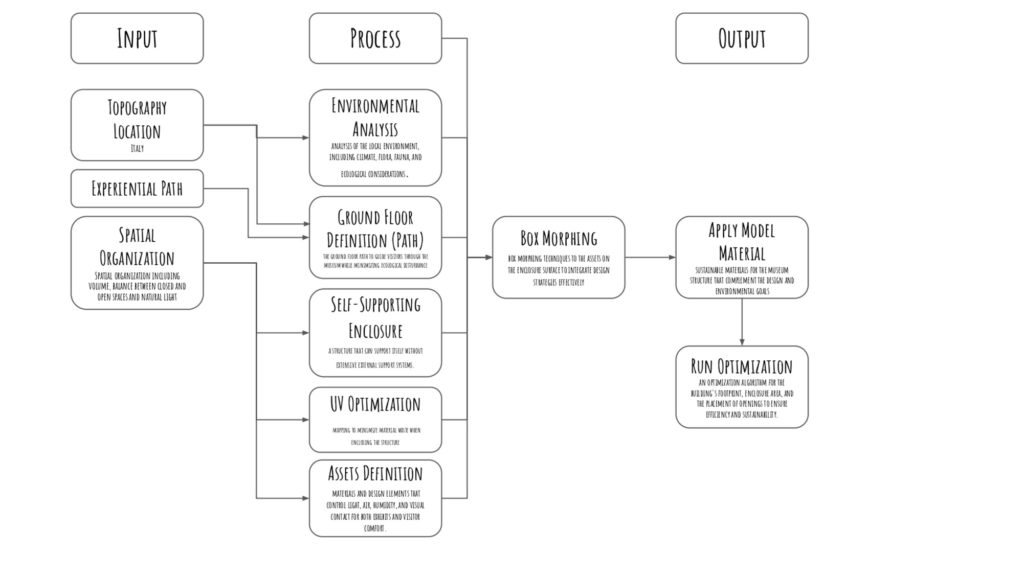
Form Finding Process
Translating the concept to a computational process, the path is defined by connecting the points of interest. Then Spheres of different sizes represent the main functions of the program. Generous volume or narrowing down the path forms the outer skin of the structure. Box morphing the quadri- or tri-mesh results in a 3d tiling pattern applied across the museum’s surface.
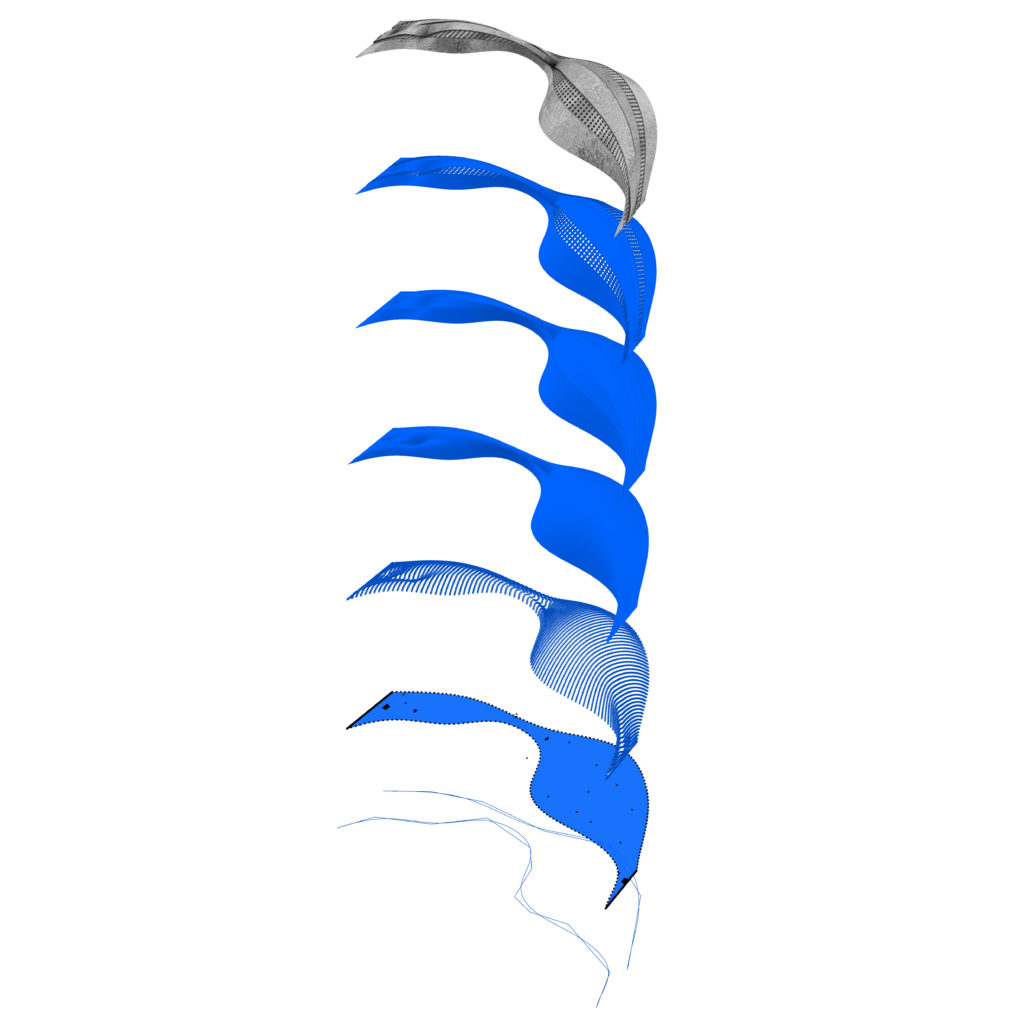
The concrete shell and metal meshwork exemplify a merging of solidity and transparency, much like the habitats of the creatures featured in our museum. They stand as a metaphor for the shelter and openness that the wild requires to thrive. As visitors traverse the space, they are invited to contemplate the dualities of protection and freedom, enclosure and exposure, that are inherent in the natural world.
Materials
The museum’s structure manifests as a concrete shell, an embodiment of strength and continuity. Encased within this shell are intricately placed metal meshes that serve not only as the building’s skeleton but also as a symbol of the interconnectivity of life. This fusion of concrete and metal is not just a structural choice, but also an artistic expression, reflecting the resilience and delicate balance of the ecosystems we aim to showcase within our museum.
